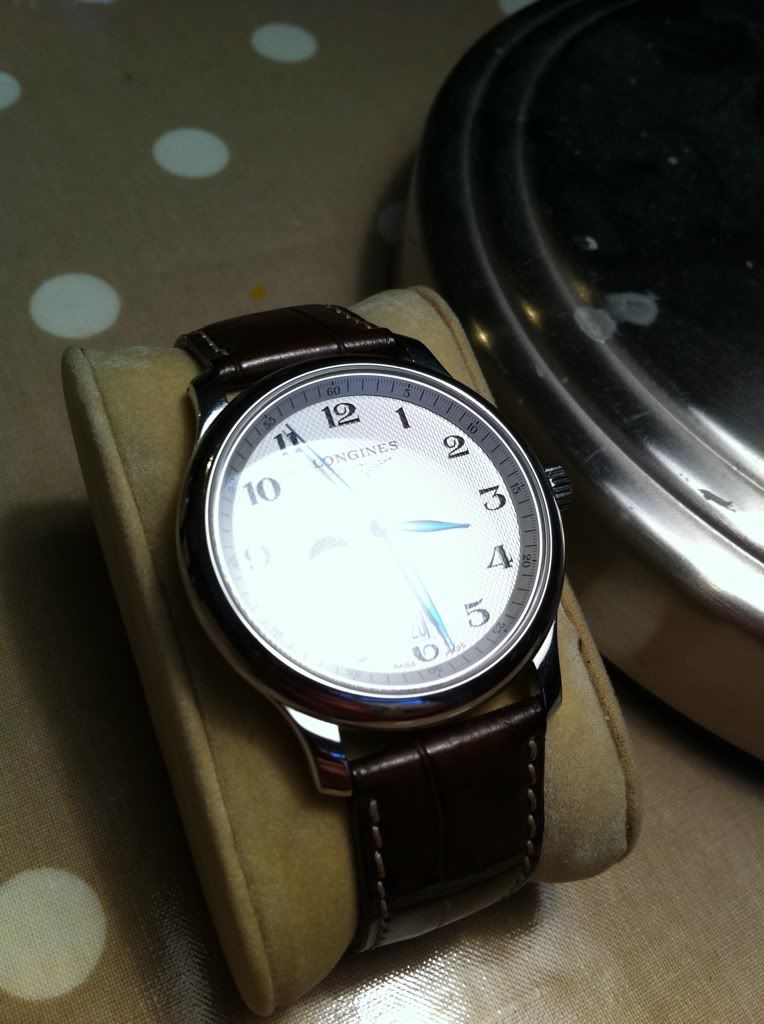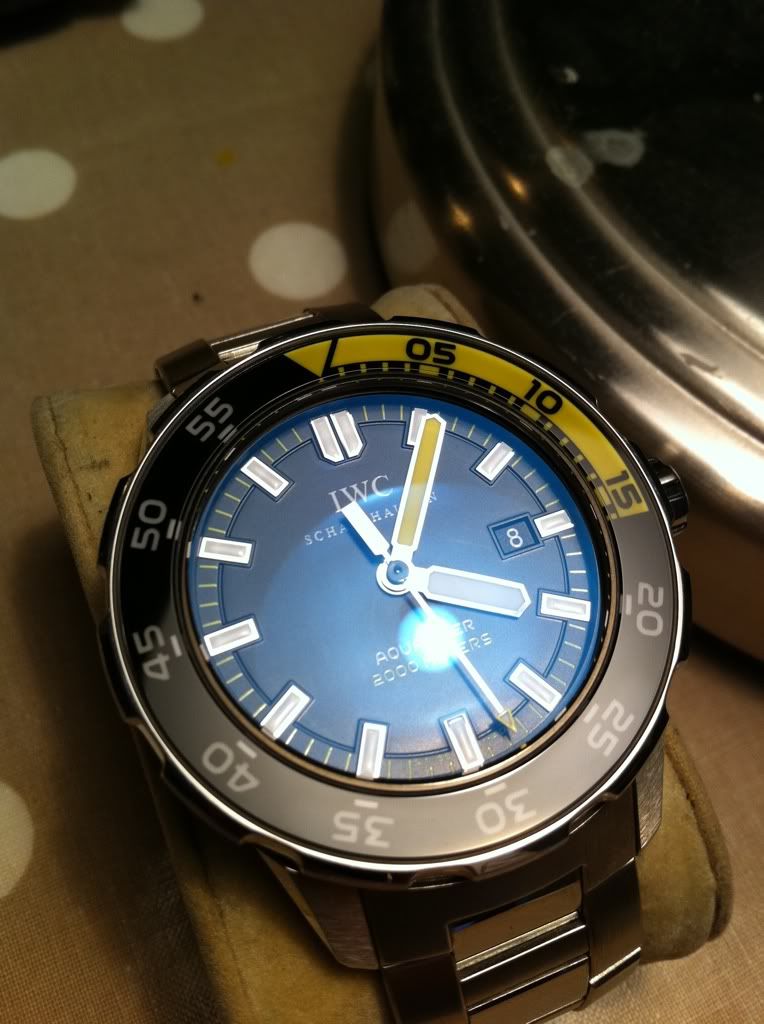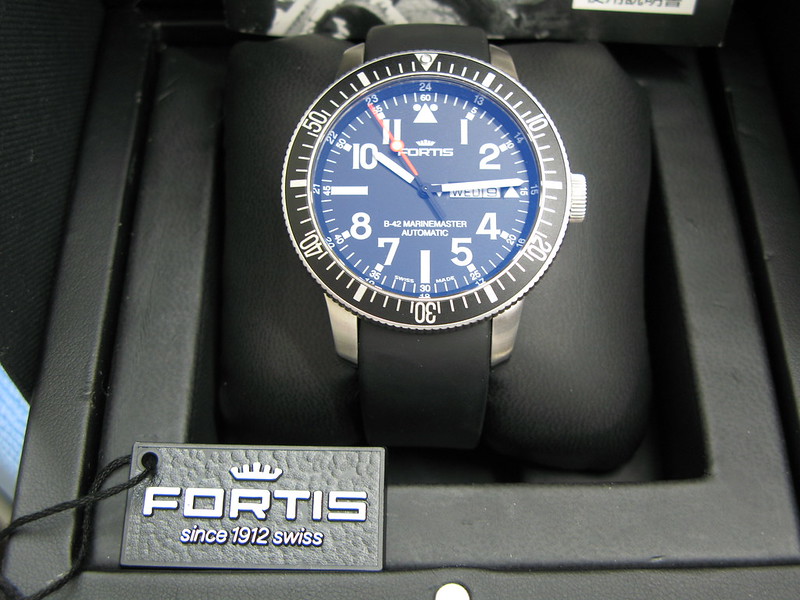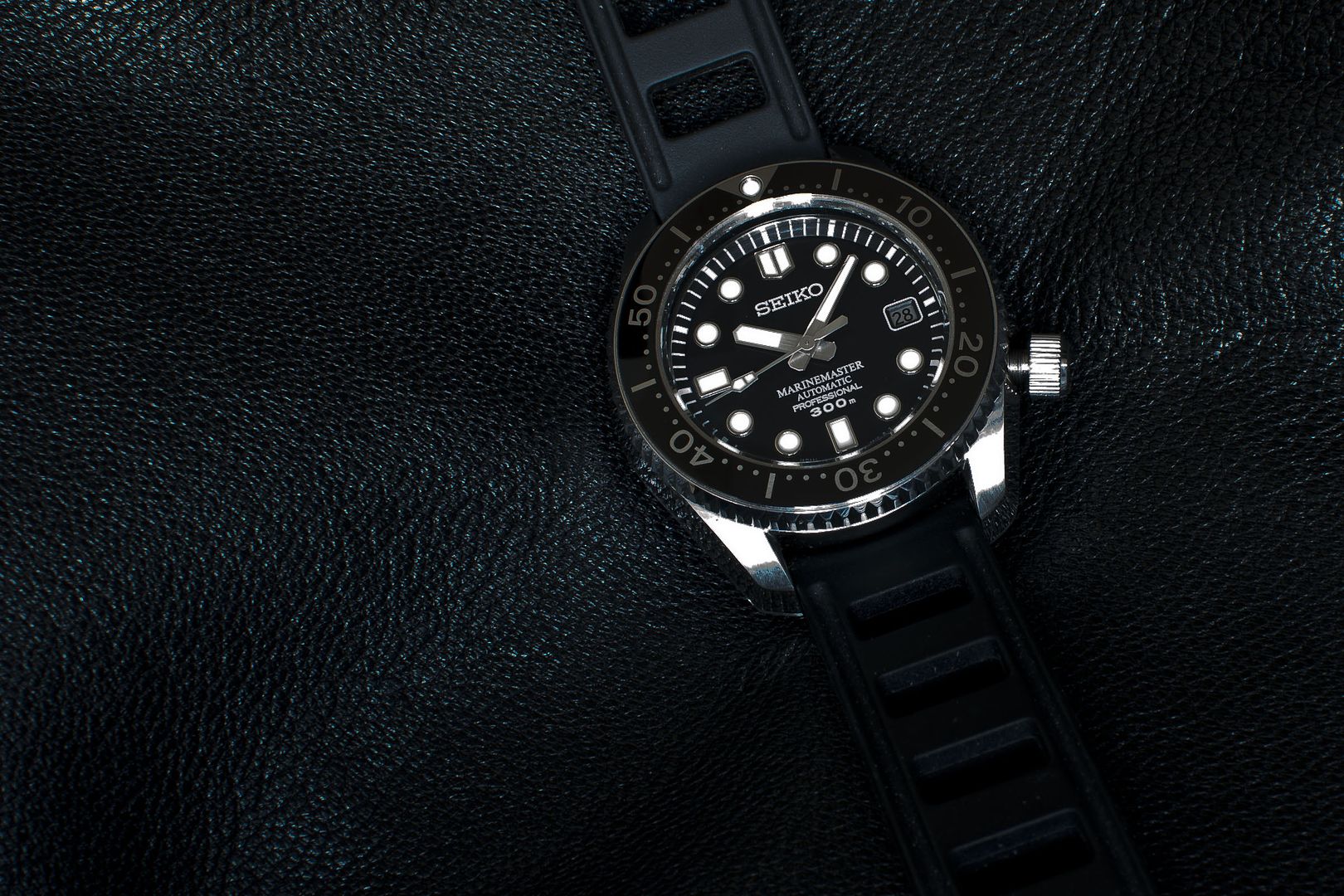in theory AR coating is supposed to stop reflections from the crystal.
some AR coatings are excellent.. example here (pic nicked from web, apologies)
well done AR's can make the dial look like theres no crystal present at all.
some are not so good.. i suppose it depends on inner/outer/both sides/quality of coating used etc.
im not an expert but on some watches ive owned, the AR has been present but about as useful as a chocolate ashtray.
i have no experience of your watch so cant give you a definitive.. but if the dial/hands are stealth it may be trickier to read anyway.
also ive found that if hefty sapphires are only coated on the inside, theres more glare from the sun catching the uncoated upper side of the crystal, particularly if theres a bit of a dome on it.
sorry i couldnt be of more use but i wouldnt worry about it too hard.






 Reply With Quote
Reply With Quote

















